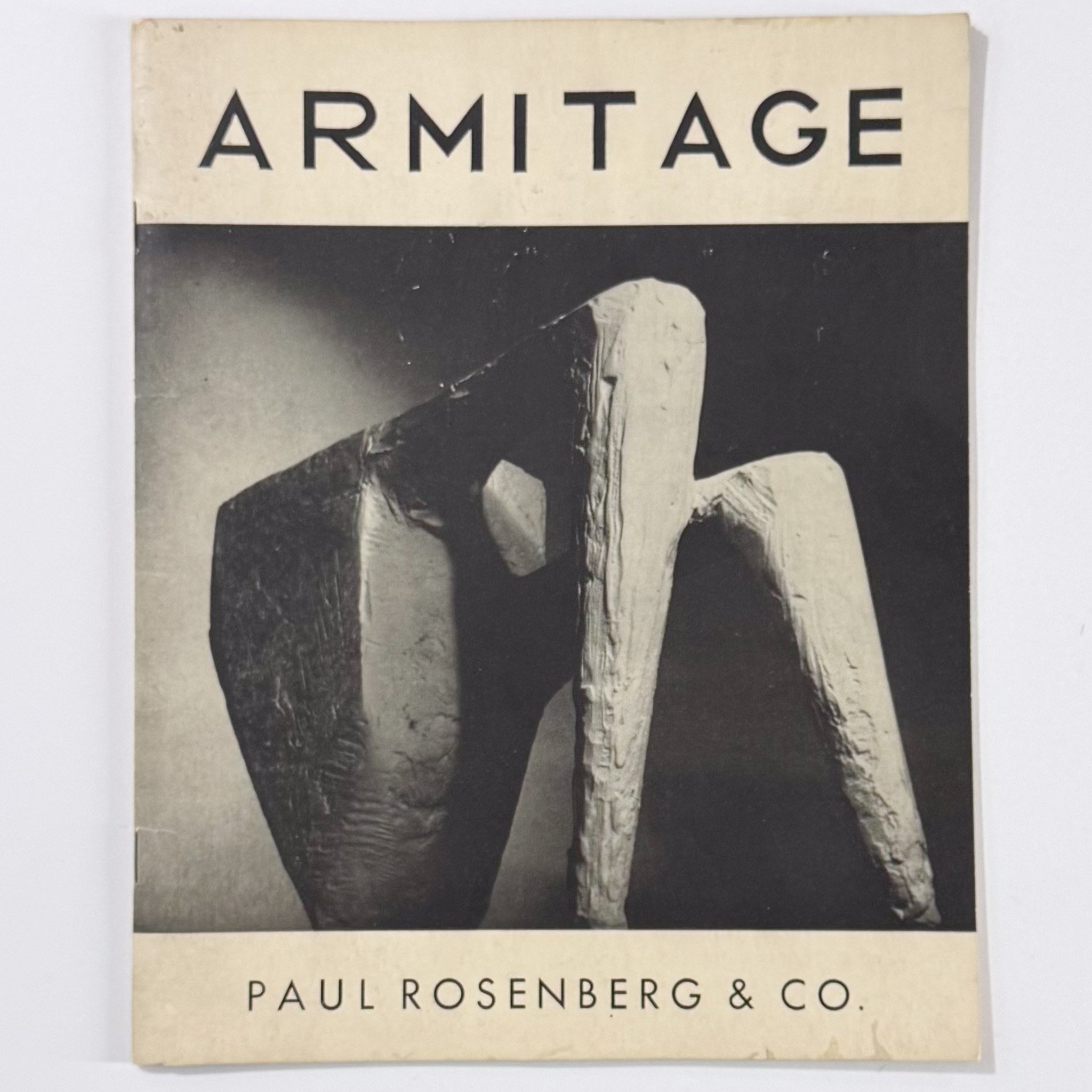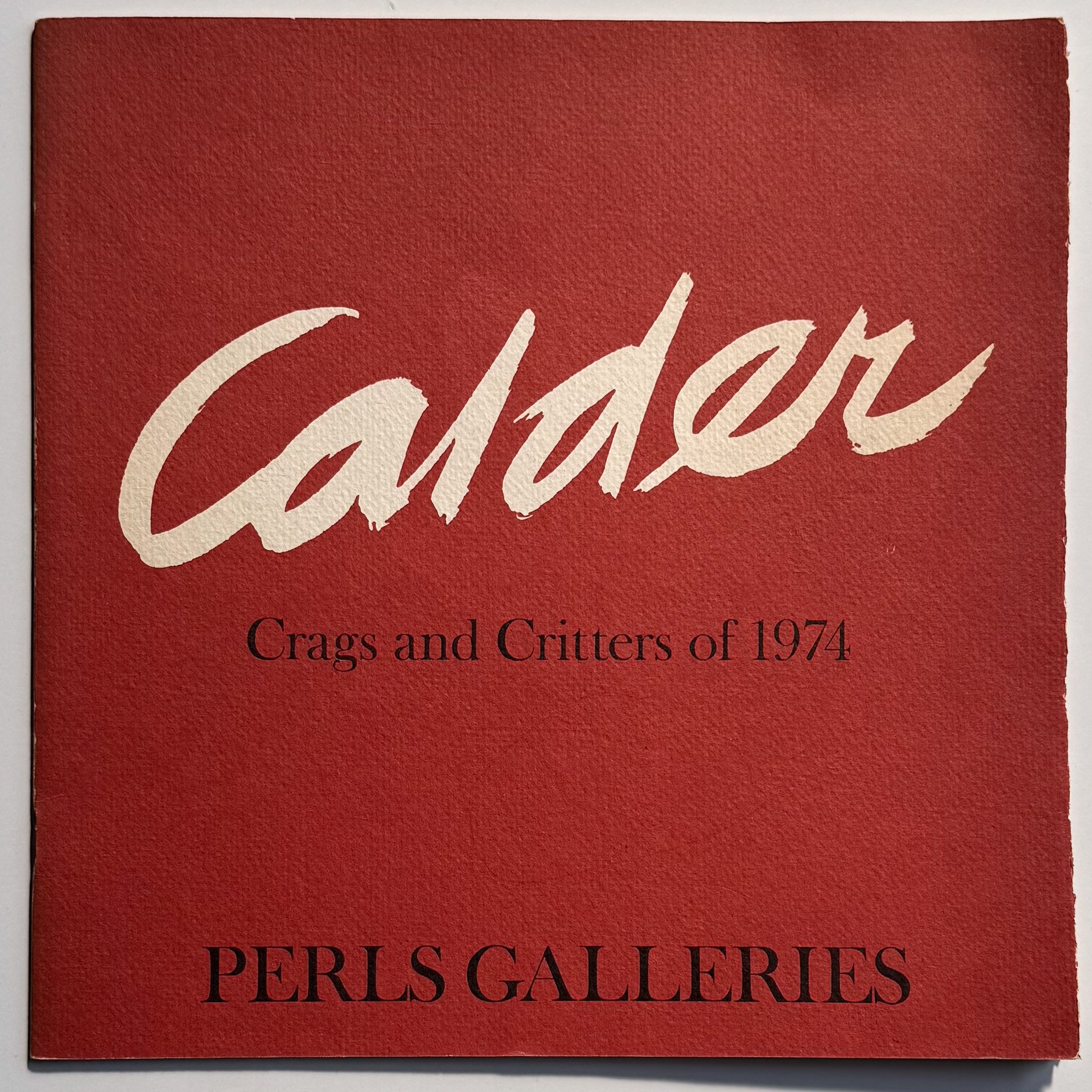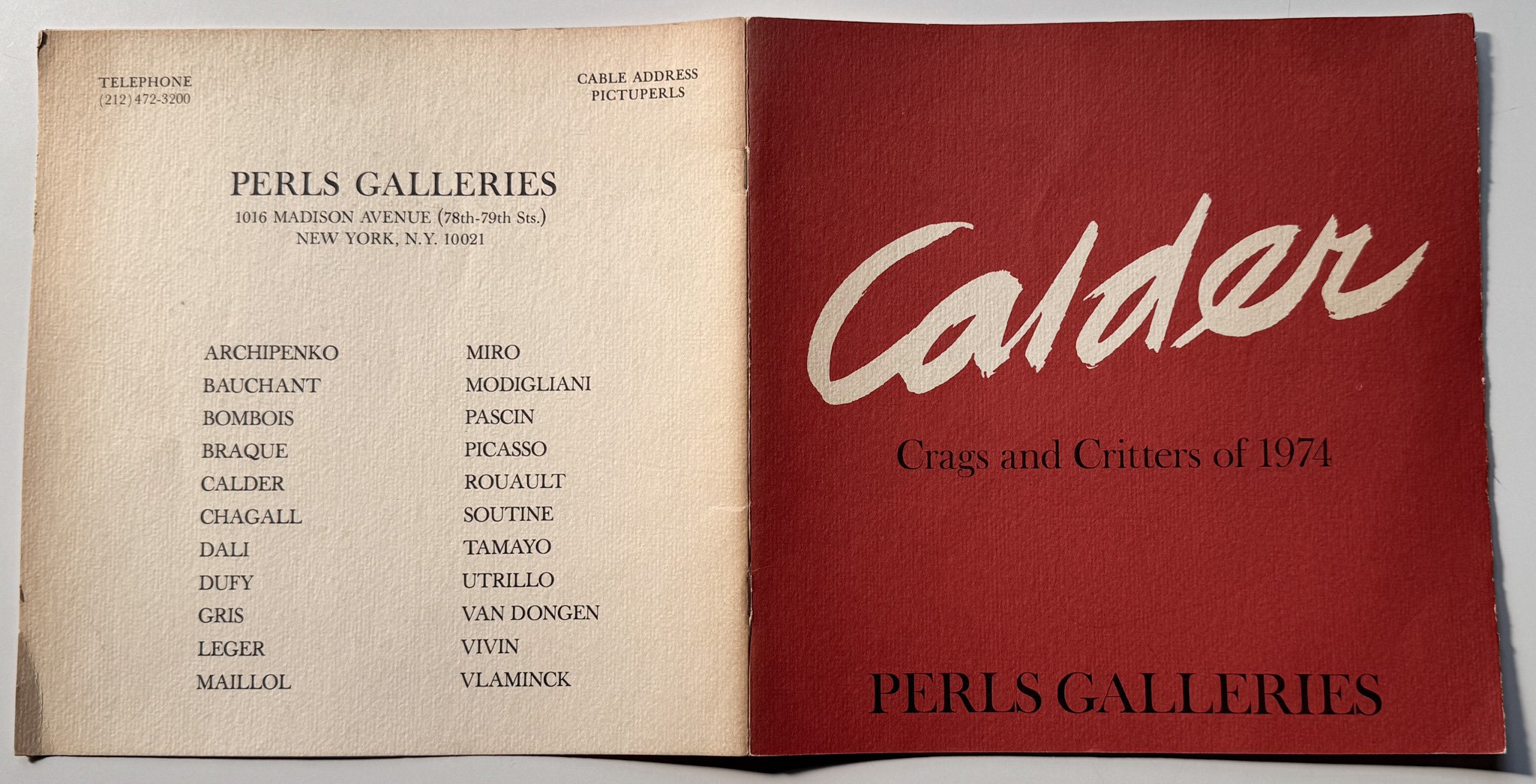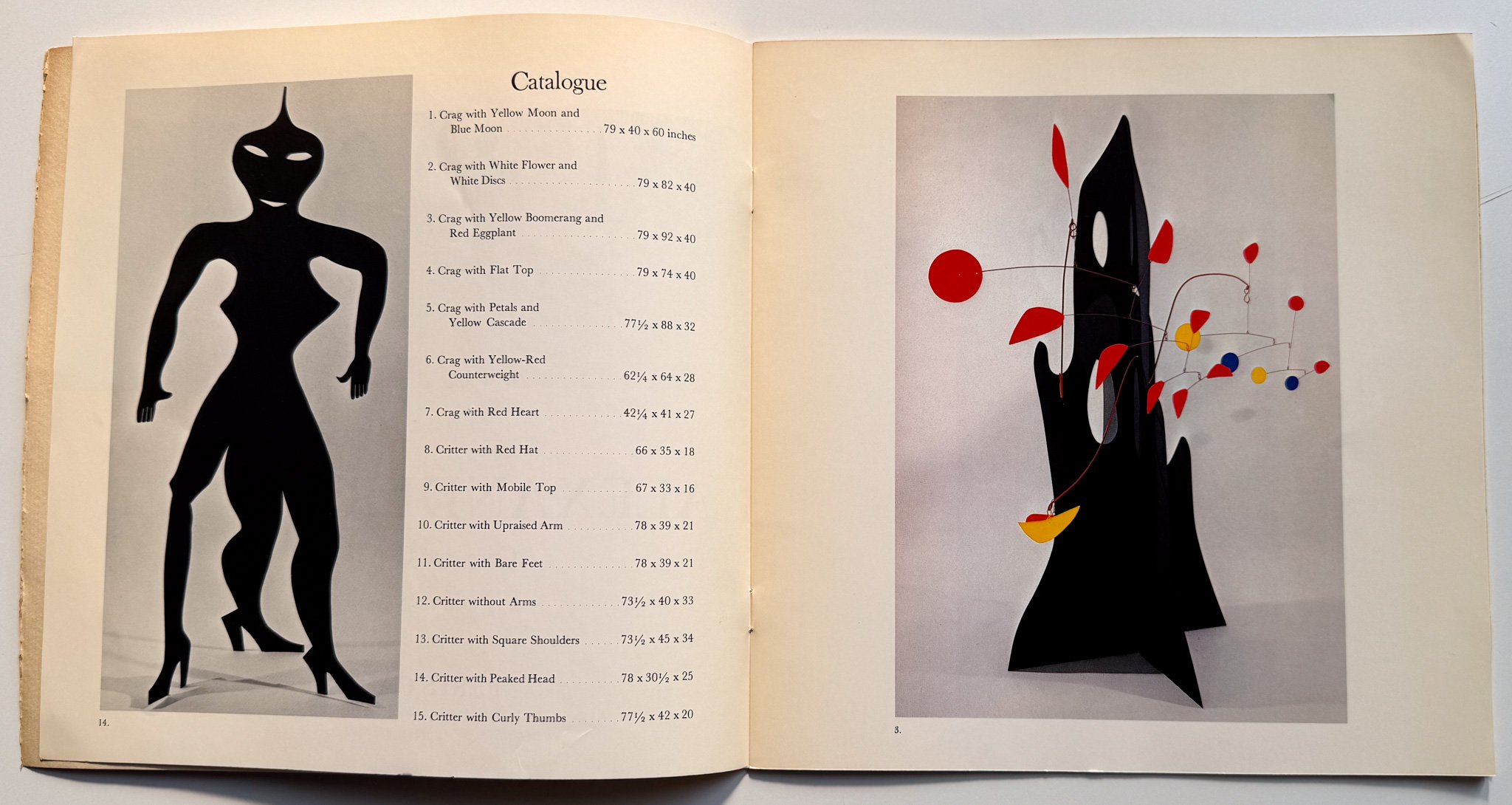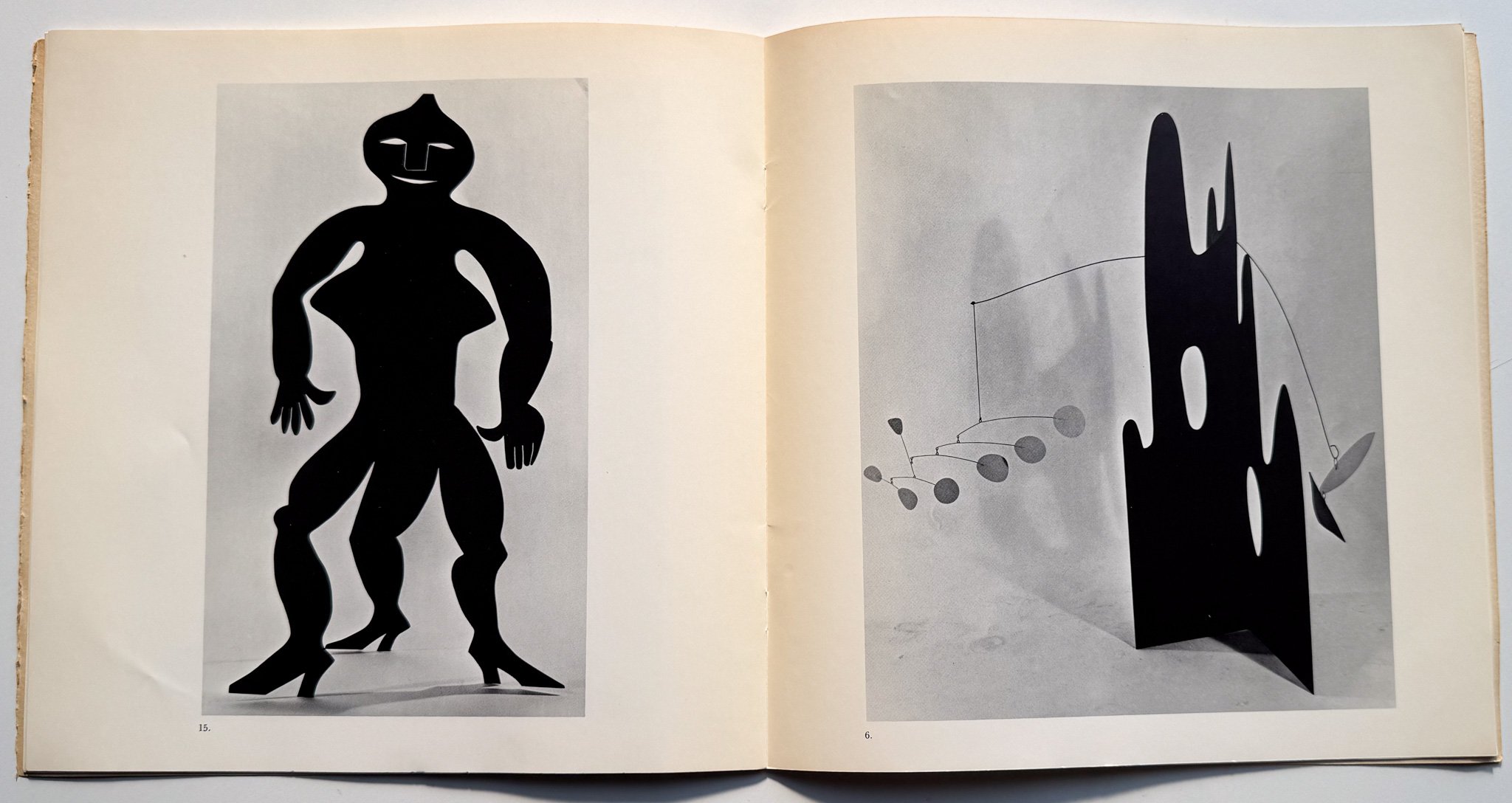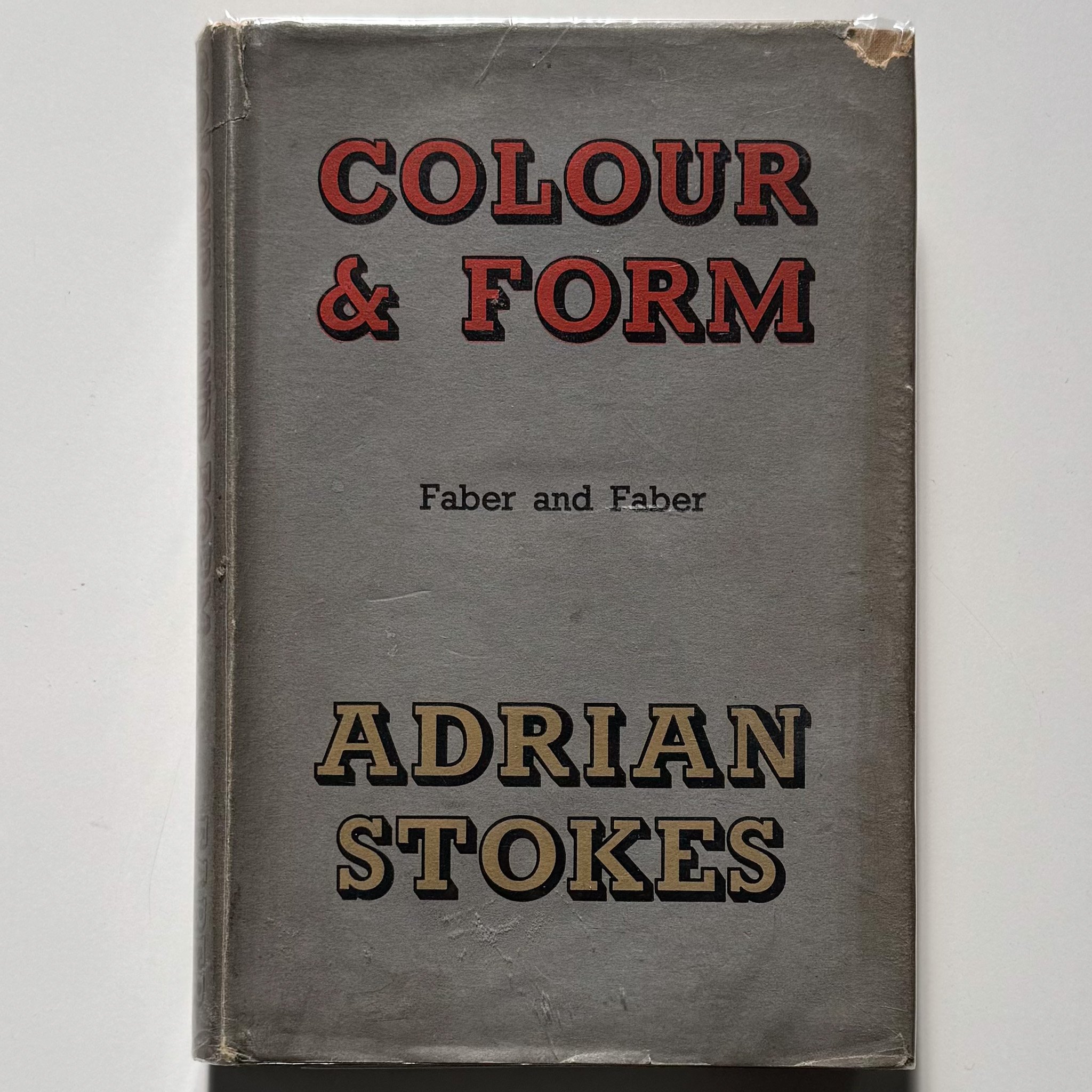 Image 1 of 6
Image 1 of 6

 Image 2 of 6
Image 2 of 6

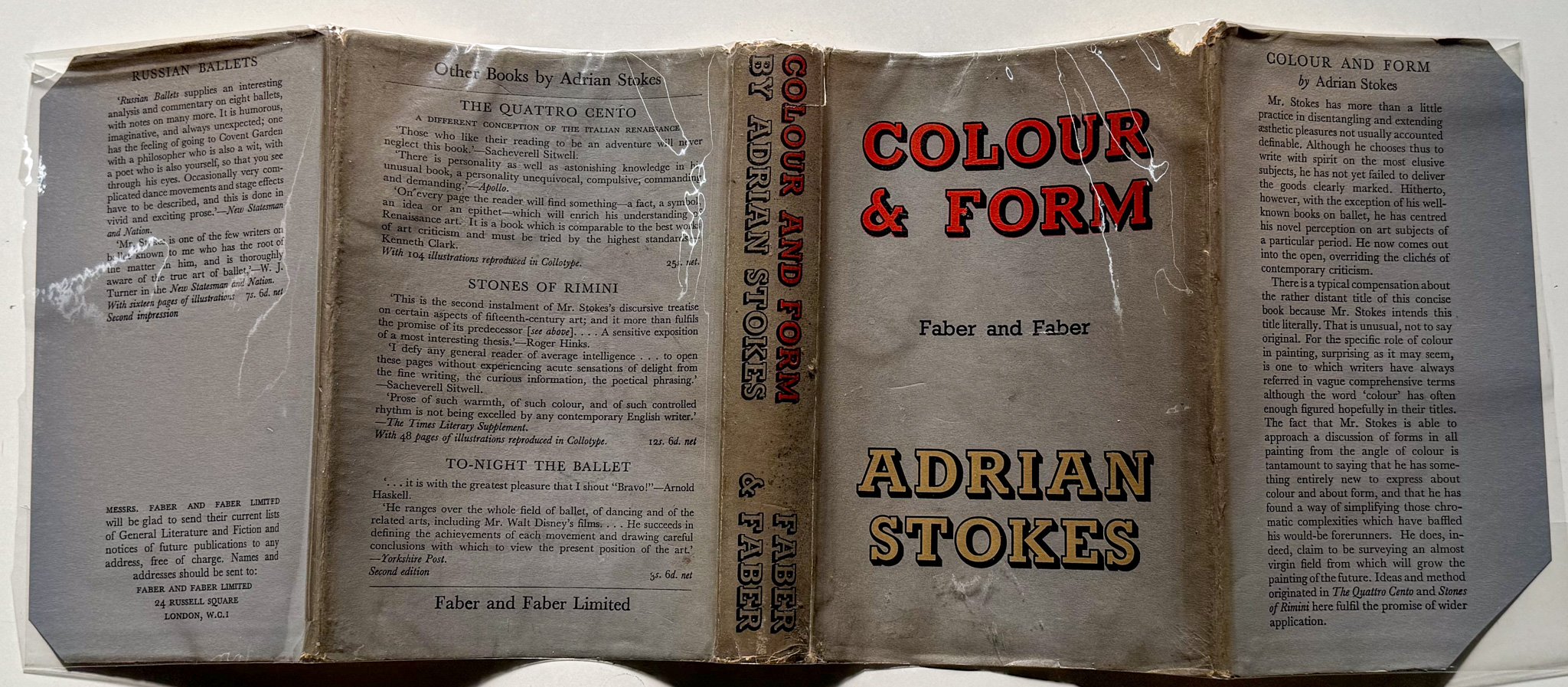 Image 3 of 6
Image 3 of 6

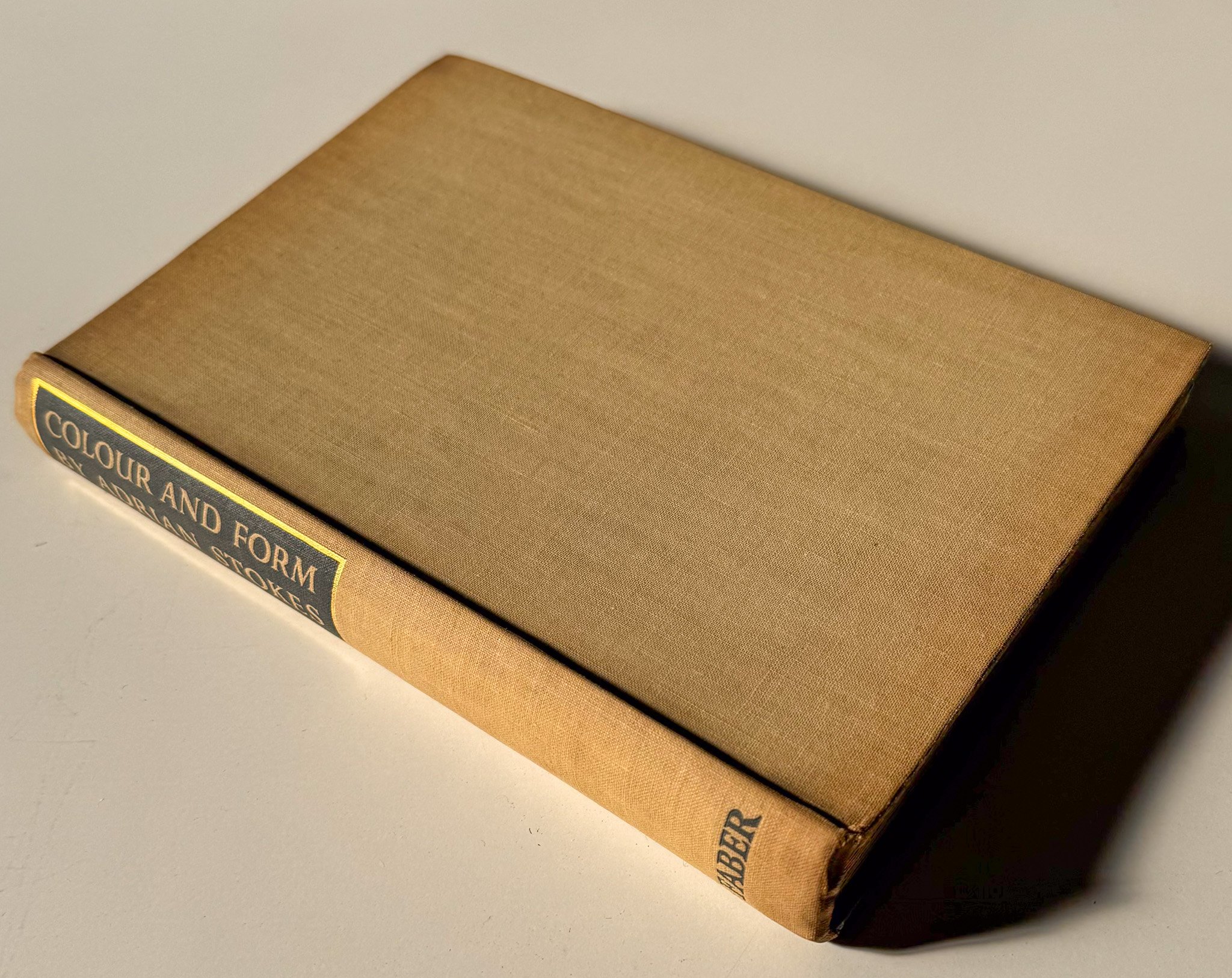 Image 4 of 6
Image 4 of 6

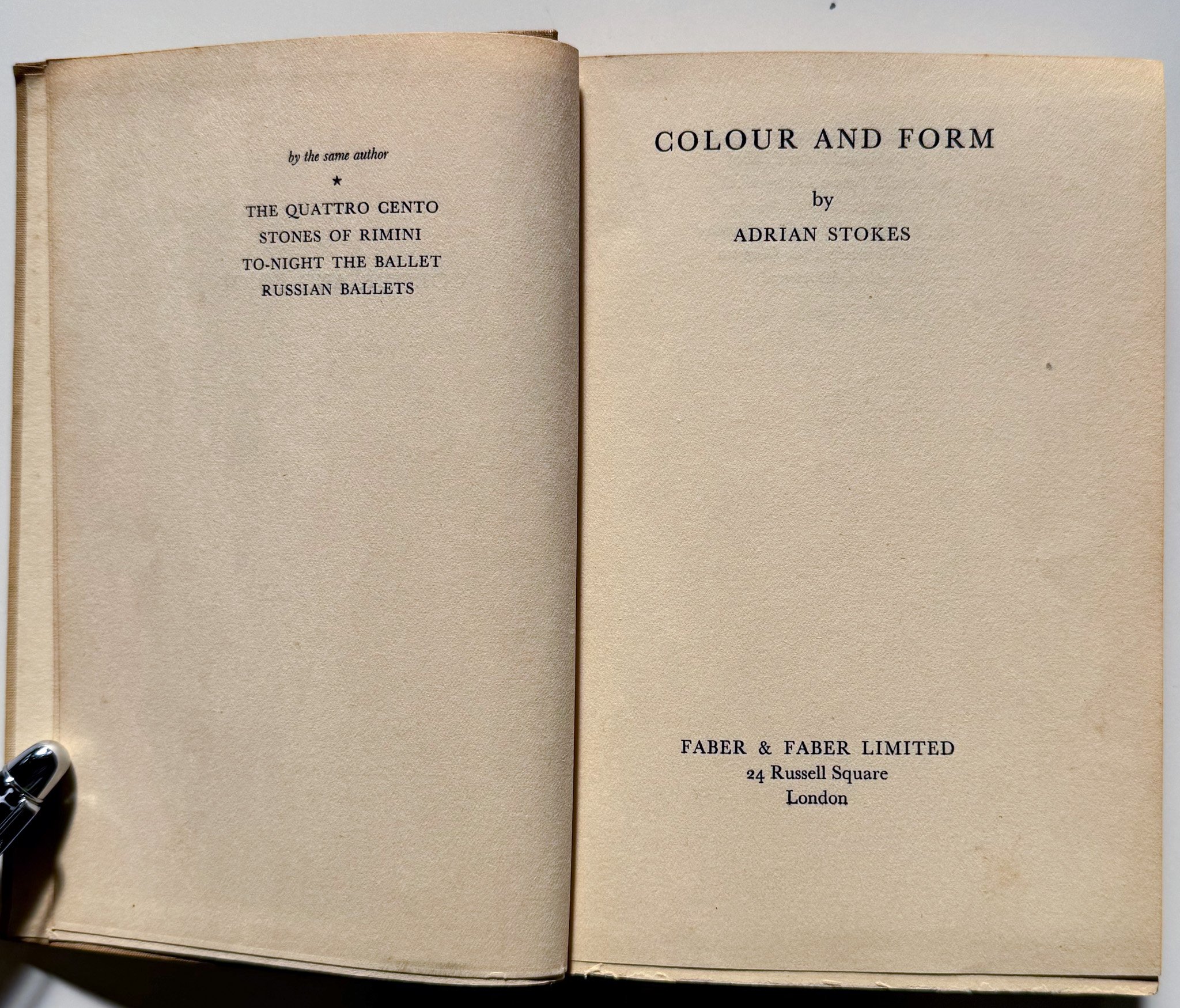 Image 5 of 6
Image 5 of 6

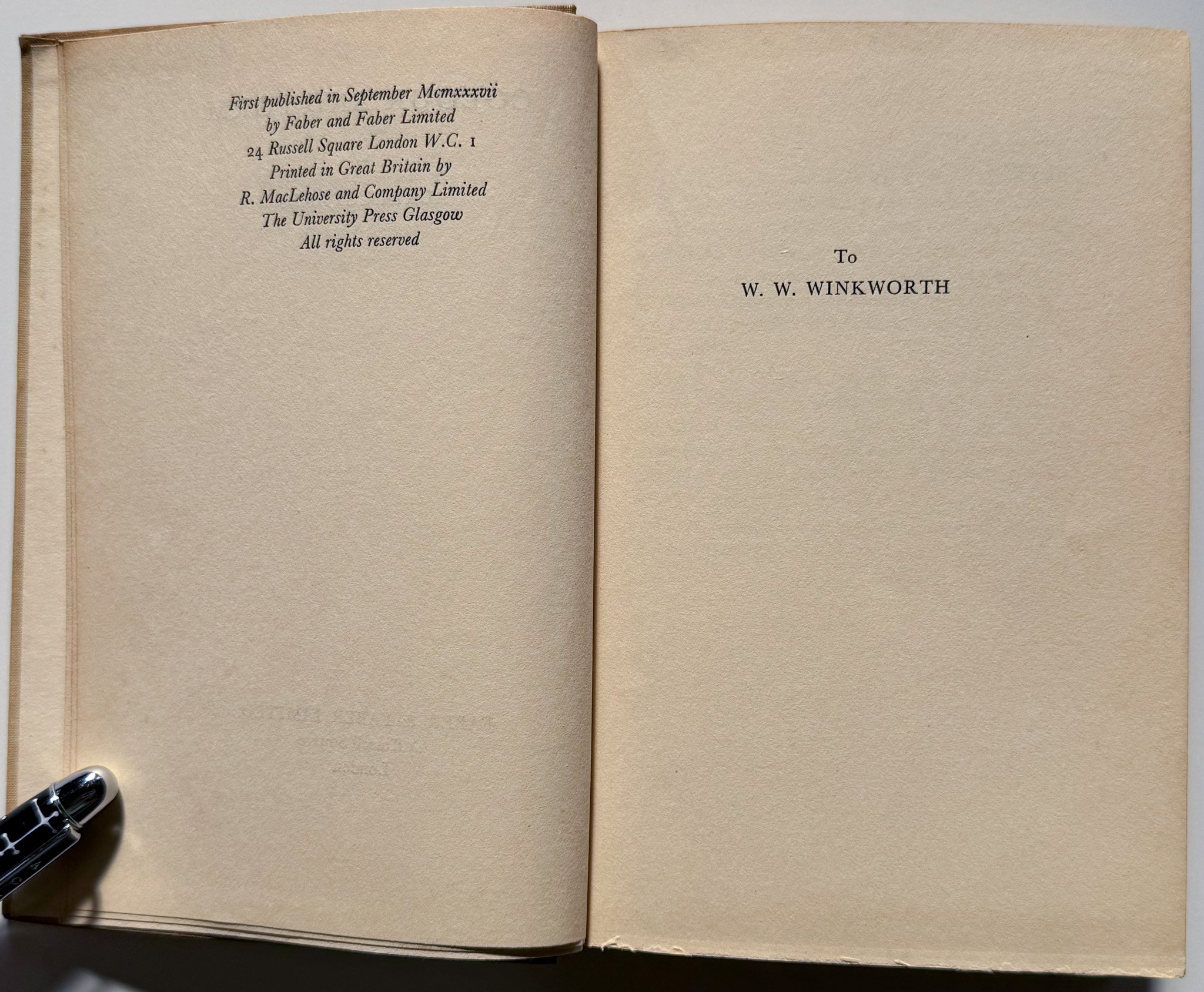 Image 6 of 6
Image 6 of 6







[1st ed] Colour & Form
First edition of aesthete, critic, painter, poet, and historian Adrian Stokes’s significant and influential exegesis of colore and disegno in painting, landing solidly on the side of colore. Published in 1937 by Faber & Faber. 8vo, hardcover with dust jacket, 185 pages. Per one reviewer, Stokes (1902-72) was “among the most original and creative writers on art of the twentieth century. He was the author of over twenty critical books and numerous papers: for example, the remarkable series of books published in the 1930s; The Quattro Cento (1932), Stones of Rimini (1934), and Colour and Form (1937) that embraced Mediterranean culture and modernity. His criticism extends the evocative English aesthetic tradition of Walter Pater and John Ruskin into the present, endowed by a stern sensibility to the consolations offered by art and architecture, and the insights that psychoanalysis affords.” To another reviewer, Stokes is “required reading for anyone with a serious interest in British modernism; psychoanalysis and art; alternatives to Clement Greenberg’s account of modernism; the relevance of architecture, sculpture, and ballet to our understanding of twentieth-century art; “writerly” art criticism; and the concept of “research” in art history.” Lean to spine. Light foxing to edges of textblock and boards. Light bumping and rubbing to price-clipped dj. One small closed tear to spine head and one small open tear to top corner of front cover.
First edition of aesthete, critic, painter, poet, and historian Adrian Stokes’s significant and influential exegesis of colore and disegno in painting, landing solidly on the side of colore. Published in 1937 by Faber & Faber. 8vo, hardcover with dust jacket, 185 pages. Per one reviewer, Stokes (1902-72) was “among the most original and creative writers on art of the twentieth century. He was the author of over twenty critical books and numerous papers: for example, the remarkable series of books published in the 1930s; The Quattro Cento (1932), Stones of Rimini (1934), and Colour and Form (1937) that embraced Mediterranean culture and modernity. His criticism extends the evocative English aesthetic tradition of Walter Pater and John Ruskin into the present, endowed by a stern sensibility to the consolations offered by art and architecture, and the insights that psychoanalysis affords.” To another reviewer, Stokes is “required reading for anyone with a serious interest in British modernism; psychoanalysis and art; alternatives to Clement Greenberg’s account of modernism; the relevance of architecture, sculpture, and ballet to our understanding of twentieth-century art; “writerly” art criticism; and the concept of “research” in art history.” Lean to spine. Light foxing to edges of textblock and boards. Light bumping and rubbing to price-clipped dj. One small closed tear to spine head and one small open tear to top corner of front cover.
First edition of aesthete, critic, painter, poet, and historian Adrian Stokes’s significant and influential exegesis of colore and disegno in painting, landing solidly on the side of colore. Published in 1937 by Faber & Faber. 8vo, hardcover with dust jacket, 185 pages. Per one reviewer, Stokes (1902-72) was “among the most original and creative writers on art of the twentieth century. He was the author of over twenty critical books and numerous papers: for example, the remarkable series of books published in the 1930s; The Quattro Cento (1932), Stones of Rimini (1934), and Colour and Form (1937) that embraced Mediterranean culture and modernity. His criticism extends the evocative English aesthetic tradition of Walter Pater and John Ruskin into the present, endowed by a stern sensibility to the consolations offered by art and architecture, and the insights that psychoanalysis affords.” To another reviewer, Stokes is “required reading for anyone with a serious interest in British modernism; psychoanalysis and art; alternatives to Clement Greenberg’s account of modernism; the relevance of architecture, sculpture, and ballet to our understanding of twentieth-century art; “writerly” art criticism; and the concept of “research” in art history.” Lean to spine. Light foxing to edges of textblock and boards. Light bumping and rubbing to price-clipped dj. One small closed tear to spine head and one small open tear to top corner of front cover.


